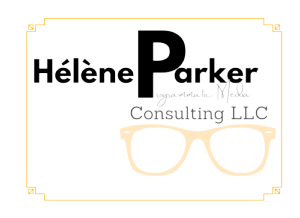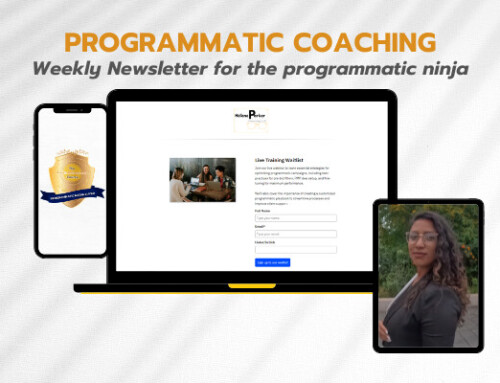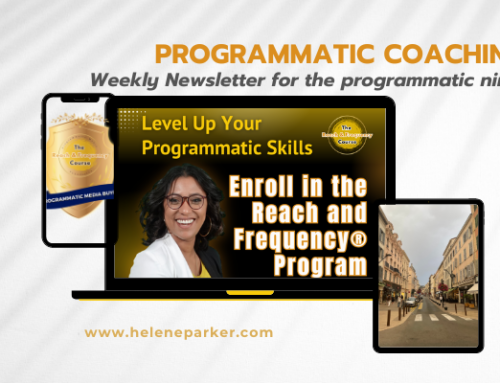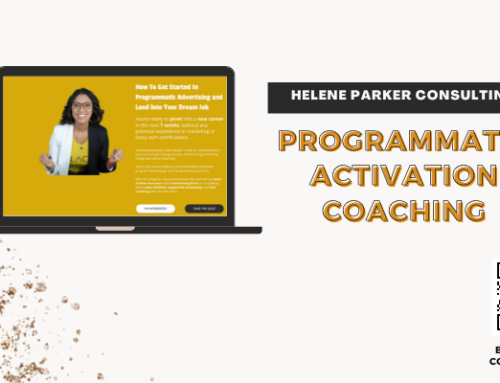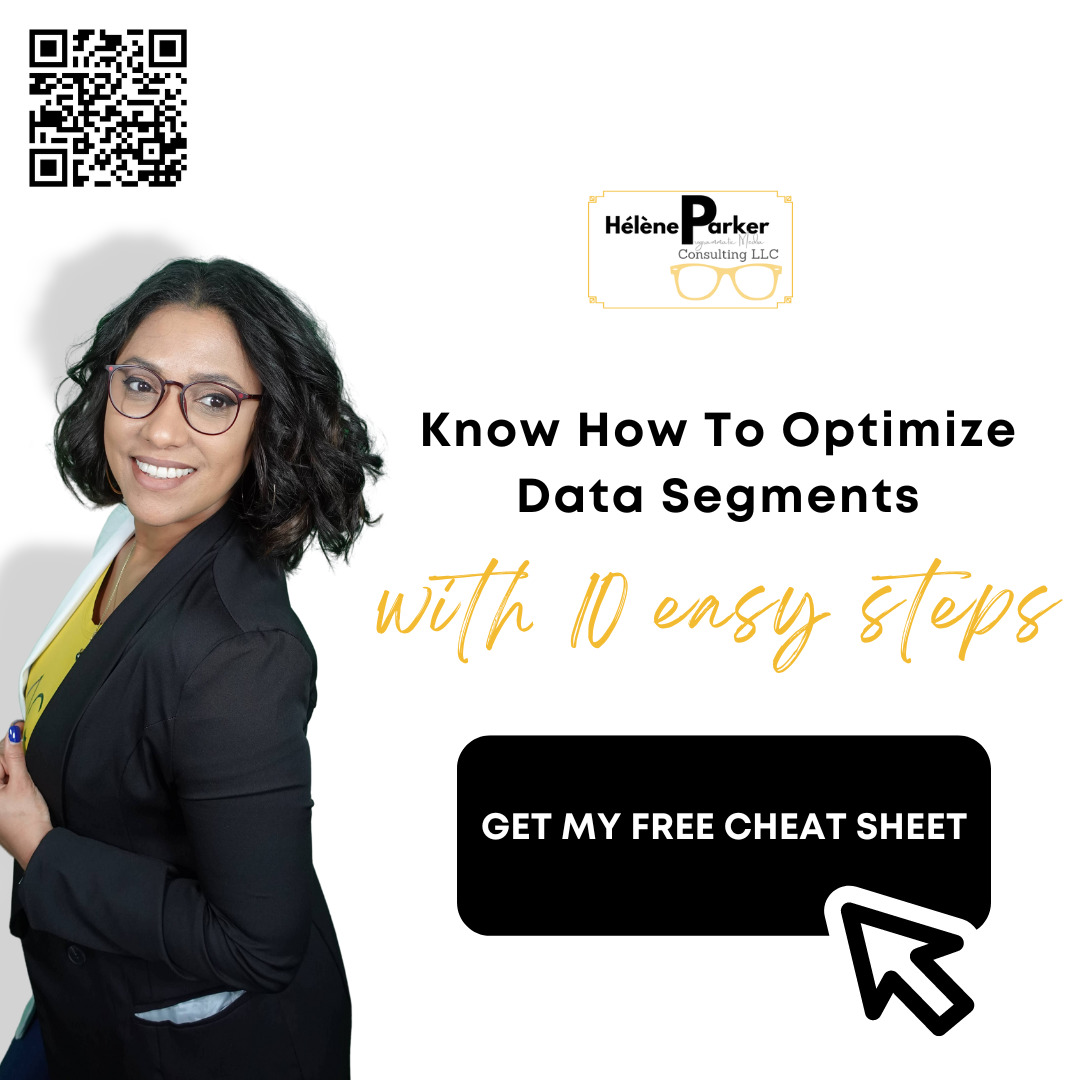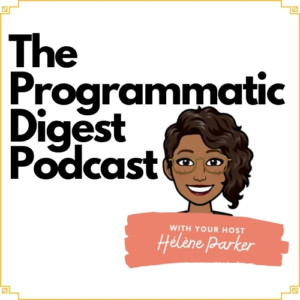4 Things You Should Be Doing With Programmatic Advertising
So you’re interested in learning more about programmatic advertising strategies, but you’re not sure where to start. You keep hearing or seeing these articles about CTV (or is OTT?), and now Google is talking about topics instead of FLoC?
You might be wondering what programmatic advertising capabilities are available today?
- What should you focus on today?
- Who, what, and where can you target?
- What should your programmatic media strategy include?
If you’re asking these questions — don’t worry, you’ve come to the right place!
I’m Helene Parker, Chief Programmatic Coach at Helene Parker Consulting, LLC, and a digital and programmatic media expert with 9+ years of agency experience in media planning and strategy, execution, KPI-optimization, and reporting on mixed media campaigns using various AdTechs. I was a trader for a very long time, and then I led teams for a while, and now I’m training teams on how to become programmatic media experts.
That is why I am launching the Reach and Frequency Course, teaching every level in digital marketing how to develop the right skills to find a dream job in programmatic advertising. (Yea, man! This is a great industry to grow in, and the flexibility in employment is rewarding!!)
This course aims to empower underappreciated, overwhelmed, and overworked marketers by offering training lessons in 4 languages from fundamentals to managing a multi-million-dollar programmatic ad campaign. (Yep! I did it! And I’m walking you through this in the course!)
The most significant transformation has the most in-demand skill set, giving you leverage in your next job search. I will introduce you to my network (=access to your future employer) and community (= access to an environment of continuous learning and hands-on accountability).
At the moment, you can pre-order every module or the entire course at a special early bird price. Modules 1 & 2 are introductions to the Programmatic advertising space and cover some essential fundamentals that I know, even as an expert, you can use a refresher on.
However, the following content is inspired by Module 5, available in April. (See more details here)
So, what programmatic media targeting tactics can you run? I have high-level explanations for each of the following on my YouTube channel, but it is very general compared to what will be covered in the course. The big difference is that we are going deeper into it during the lessons in the Reach and Frequency course, where I address these three questions in detail with best practice guides:
- I will not only define the tactic but leave you with how and when to use each.
- When and how to include in a strategy this will help with planning and potentially upselling.
- What Key Performance Indicators (KPIs) make the most sense when optimizing, so how to optimize each tactic.
There are many tactics you can use in your programmatic media strategy, but here are the four categories widely used:
- Audience targeting examines consumers’ demographics and behaviors to help you reach your ideal market. We talk about 1st, 2nd, 3rd party data and more, and when to use it (See YouTube Video)
- Location targeting focuses on finding consumers in critical areas for your brand. Most strategies should have some location restrictions to make sure they’re reaching relevant audiences. There are also some really cool things you can do with location targeting that goes beyond just cities and zip codes that we’ll discuss. (hint: proximity targeting, competitive geofencing, addressable…) (See YouTube Video)
- Contextual targeting analyzes the content and keywords in each location, giving you control over what content your ads appear next to. This tactic is a great option to consider as Google’s browser cookies will deprecate in the next 12-15 months.
- Native targeting is custom-tailored to specific publishers and users, resulting in high-performing ads. Quite an underrated tactic but offering great reach performance when executed correctly!
These are simply four major categories to understand and consider, but please note that they offer a plethora of targeting capabilities, which most DSPs can implement.
Each module of the Reach and Frequency course has been carefully and concisely crafted to address the What, How, Why, and Best Practices to start implementing as you complete them.
Bonus: You will have the opportunity to join the Programmatic Meetup for free for six months after completing modules because I believe that applied knowledge is where the power is. I think that learning is cool, but no point in doing so if we are not going to execute and join the community after graduating. These modules will allow everyone to continue learning from others, executing, and asking clarifying questions.
